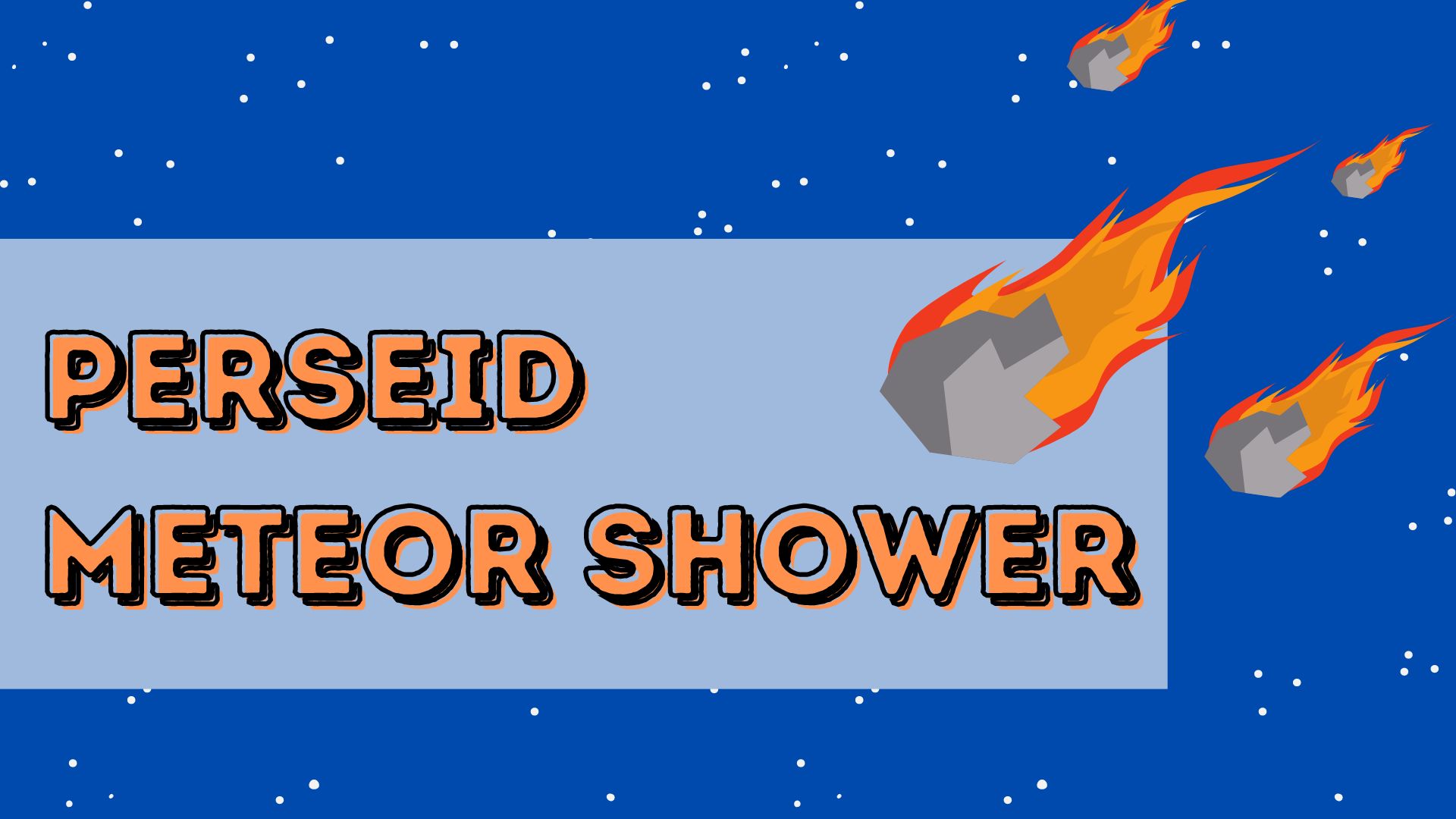Astronomers and stargazers should look to the sky in August for the Perseid Meteor Showers. Though you might see ‘shooting stars’ on any moonless night this month, the Perseids, a trail of space debris from the comet Swift-Tuttle, will reach their peak on the night of August 12th– 13th.
Named after the constellation Perseus, from which the meteors appear to radiate, the Perseids are known for their fireballs, and considered the best meteor shower of the year. According to NASA, “Meteors come from leftover comet particles and bits from broken asteroids. When comets come around the sun, they leave a dusty trail behind them. Every year Earth passes through these debris trails, which allows the bits to collide with our atmosphere and disintegrate to create fiery and colorful streaks in the sky.”
Best viewed between midnight and dawn from a dark location, you may be able to see as many as 50 to 75 Perseid meteors an hour.
Most Perseid meteoroids (what they are called while they are in space) are not much larger than a grain of sand. A bright fireball may be caused by a ping-pong ball size particle. They hit Earth’s atmosphere at tremendous speeds and ionize the air around them in a flash of light. While they often appear to be very close to you, they are over 100 miles away.
Prepare properly for the event by getting away from city lights, dressing for the weather and comfortable waiting, and bringing a blanket or tarp so you can lay on the ground to look up.
For an interactive Sky Map follow: Perseids Meteor Shower 2023 (timeanddate.com)

